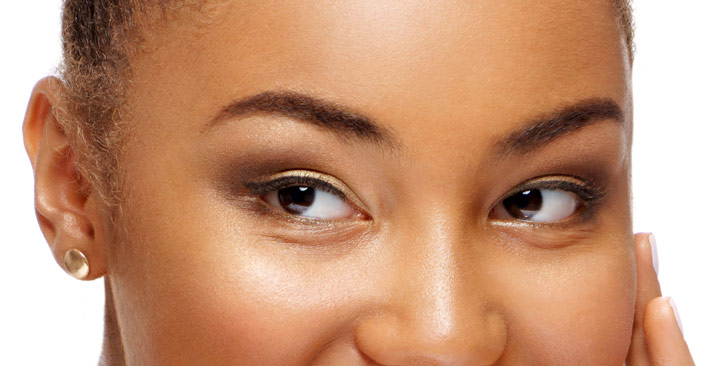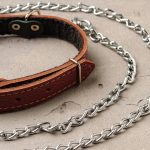Eye injury prevention is essential every day, but in October, we place a special focus on the importance of eye safety.
There is a proverb that the eyes are the window of the soul. Henry David Thoreau has said, “The eye is the jewel of the body.” What we know for sure is that our eyes provide us with our visual outlook on the world. Losing any degree of vision can shift our entire perception, and significant blindness in both eyes is a catastrophic loss.
Accidental eye injury is one of the leading causes of visual impairment in the United States. An injury can result in partial or total vision loss in one or both eyes. Sadly, around one million eye injuries occur each year, according to the Centers for Disease Control and Prevention.
Here is some important information for eye injury prevention.
Causes of Accidental Eye Injury
WebMD lists the leading causes of eye injuries as:
- A blow or strike to the eye with a hard object, such as a ball or fist
- A cut or scratch to the eye by a foreign object (corneal abrasion)
- A sharp object that penetrates the eye
- Chemical burns by alkali or acid
- UV (ultraviolet) radiation (sun damage)
These injuries often happen in accidents that include:
- Sports accidents
- Consumer fireworks mishaps
- Assault or abuse
- Traumatic brain injury
Blows or penetration by pieces of glass, metal or other material from industrial work or motor vehicle accidents - Exposure to household chemicals or battery acid
- Workshop and yard debris
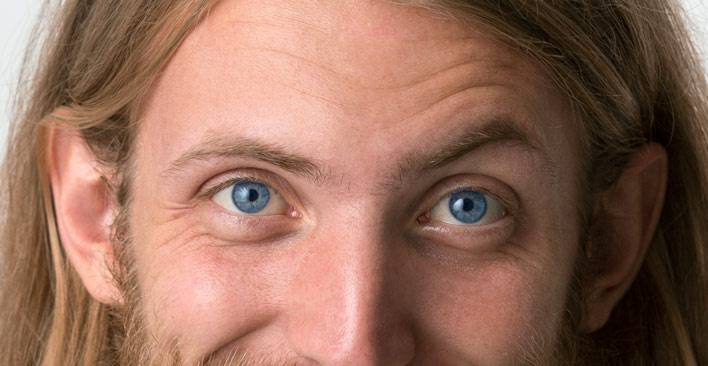
Treating Eye Injuries
Our page on Eye Injuries provides some basic first aid information for common types of eye injury, but because vision is such an important ability, you should seek medical attention anytime you injure your eye.
If you know or suspect one of the bones surrounding your eye is broken, this is a medical emergency. If your eye becomes discolored or bloody, this may also indicate an emergency. Go to the emergency room or call 911.
If there is an object stuck in your eye, don’t try to remove it yourself. Avoid touching it, rubbing it, or placing any pressure on it. Place a protective shield (like a paper cup) over the eye, and have someone take you to an urgent care center, or call 911 if you are alone.
If there is a tiny object, like an eyelash, irritating your eye, try blinking rapidly to produce tears, which can expel the item. You can also try saline drops or run a gentle stream of lukewarm water into the eye. If that doesn’t work, place a protective shield over your eye and go to urgent care.
If your eyes are exposed to a chemical substance, wash the eye with water, under a gentle stream for 15 minutes or so. If you continue to have vision problems, apply a cool compress, and seek immediate medical attention.
If you’ve received a blow to your eye, apply cold to the area to reduce swelling. You will probably still have a black eye, but if you don’t experience vision problems or any other complications, you may not need medical treatment. However, if you do start exhibiting blurred vision, discoloration, or blood in the eyes, you should see a medical professional to avoid further trauma.
Of course, the best way to avoid trauma to your eyes is to prevent injuries in the first place.
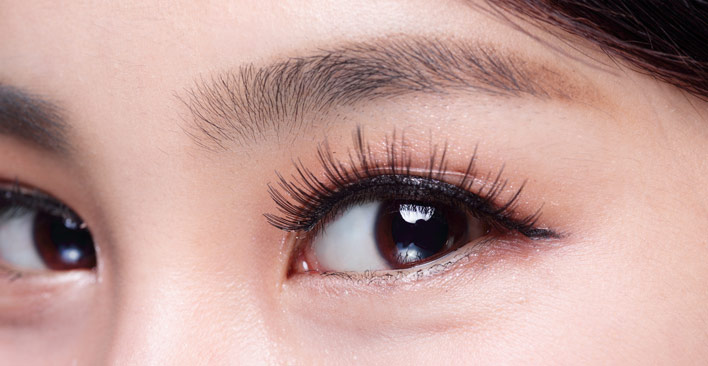
Eye Injury Prevention
90 percent of accidental eye injuries can be prevented by wearing proper eye protection when performing tasks that could result in eye damage. To determine whether you need safety glasses or goggles for a certain task, consider whether if it will involve hazardous chemicals or flying objects (balls or darts) or particles (glass, wood, metal, fiberglass).
Below are some examples of activities that can cause eye injuries, and require wearing safety goggles or protective eyewear:
- Working with material that may cause flying particles like sawdust, cement dust, or pieces of wood, metal, glass, plastic, fiberglass, or drywall
- Using chemicals, including ammonia, oven cleaners, and bleach
- Using power tools
- Gardening with motorized devices like lawnmowers or weed whackers
- Welding or any activity that creates sparks, such as jump-starting a battery or using fireworks
- Playing sports, including:
- Indoor racket sports
- Baseball
- Basketball
- Cycling
- Hockey
- Paintball
- Riding a being a passenger on a motorcycle
Remember also that your eyes also need to be protected from prolonged sun exposure, so have sunglasses with UV protection at hand.
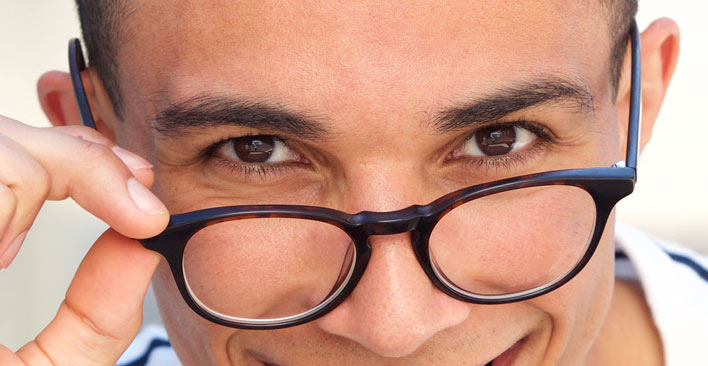
Proper Eye Protection
Safety eyewear protection includes:
- Polycarbonate safety goggles, prescription or non-prescription glasses and sunglasses
- Face shields
- Welding helmets
- Full-face respirators
The American Academy of Ophthalmology recommends choosing protective eyewear meets the American National Standards Institute safety standard. Appropriate items have “ANSI Z87.1” marked on the lens or frame.
In addition to wearing eye protection, othre eye injury prevention tips include always reading the instructions carefully when using or mixing chemicals, and when using unfamiliar tools.
Also, be sure to have a comprehensive eye exam with a certified ophthalmologist every one or two years. If it’s been awhile, make an appointment today!
If Your Eyes Were Injured in an Accident
If you have suffered long-term vision impairment due to an accident caused by someone else, you may deserve compensation.
If your eye injury was caused by a negligent or reckless driver, a poorly labeled chemical product, or intentional assault, contact TorkLaw today to talk to an eye injury attorney about your options.


